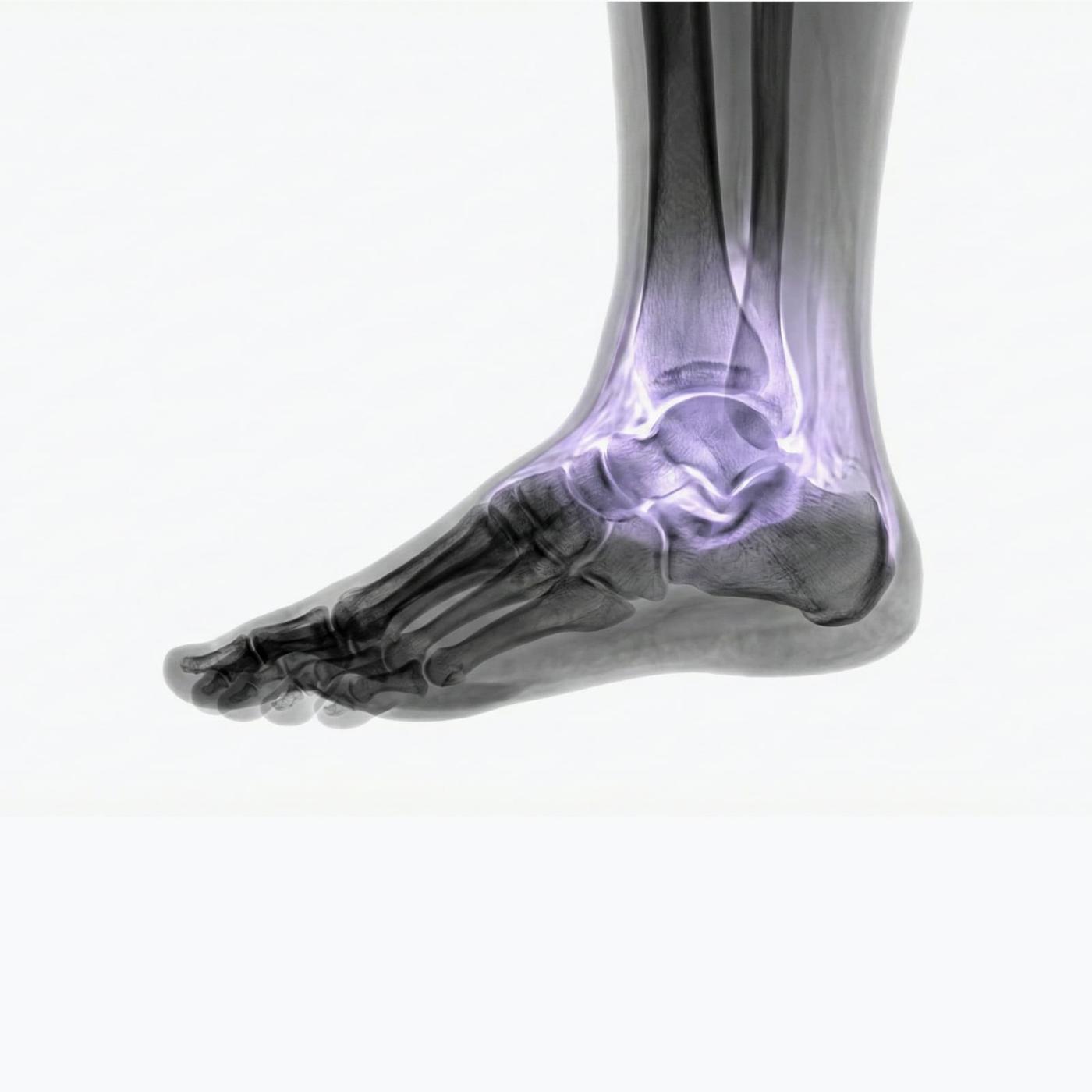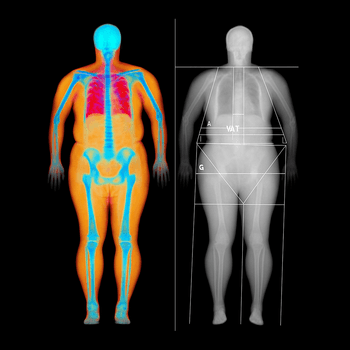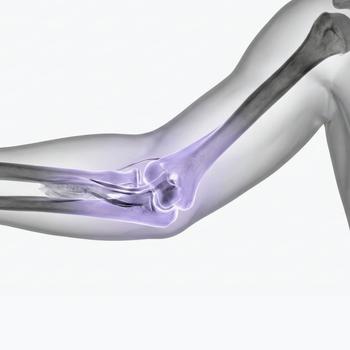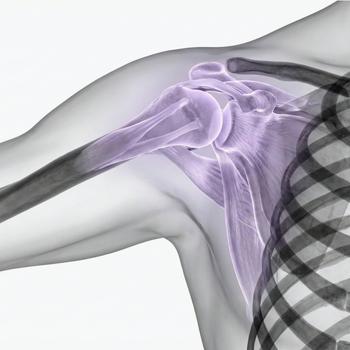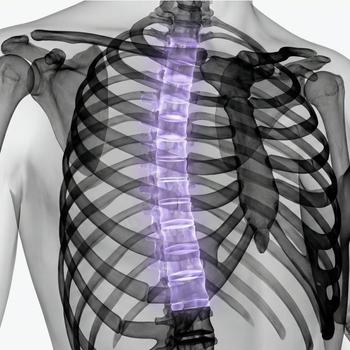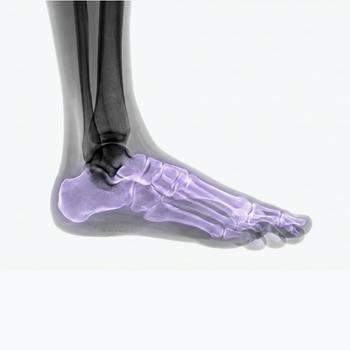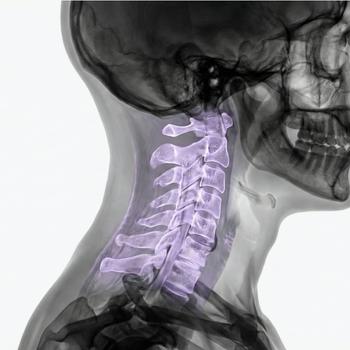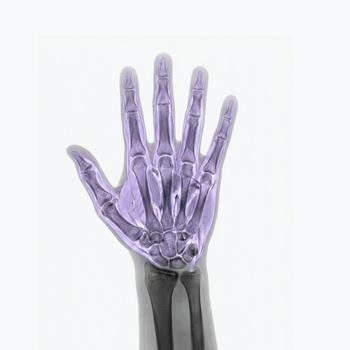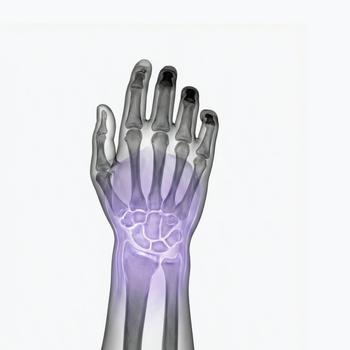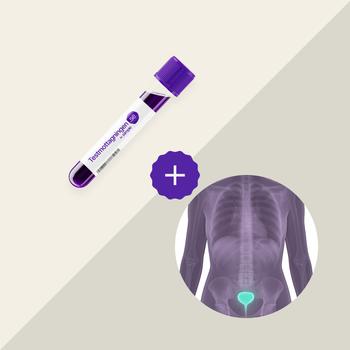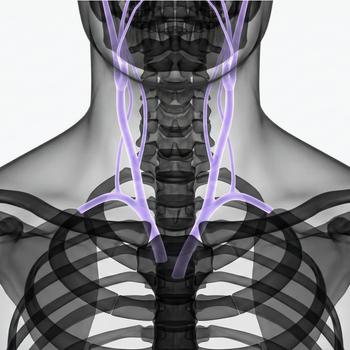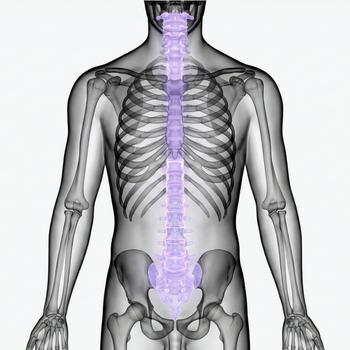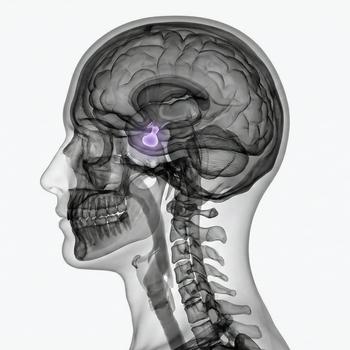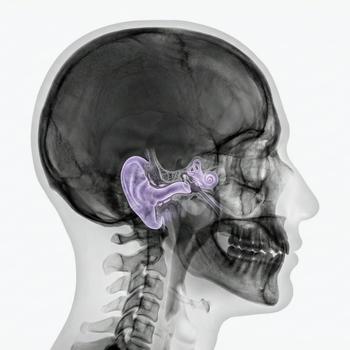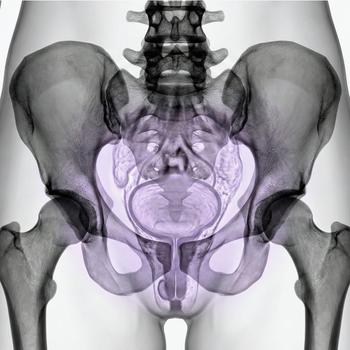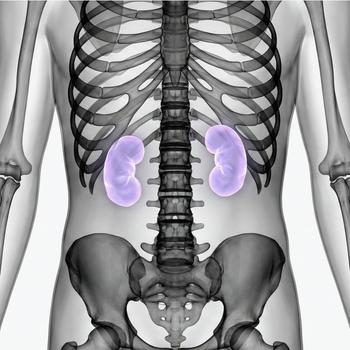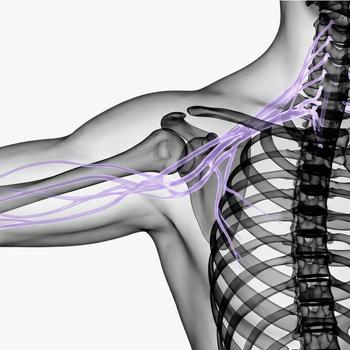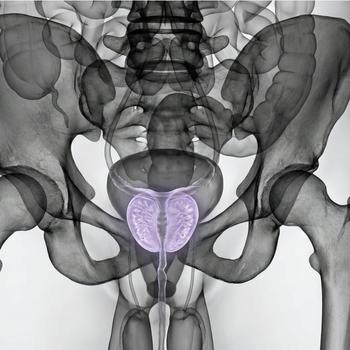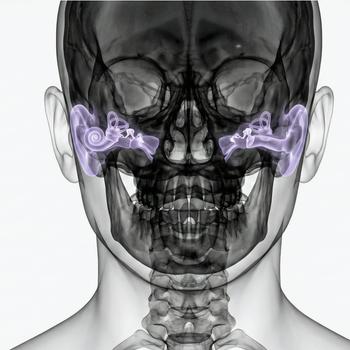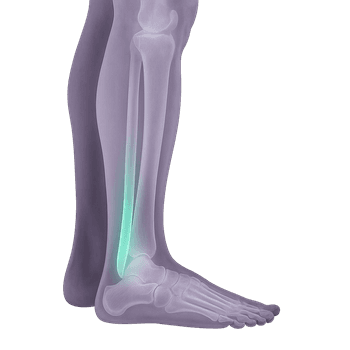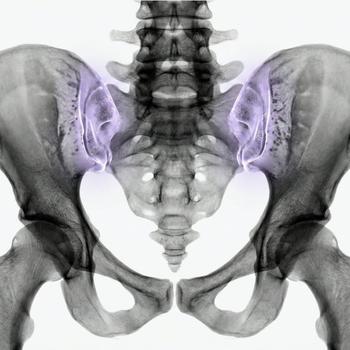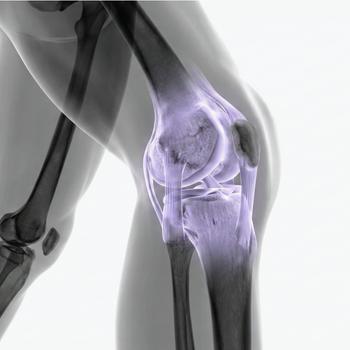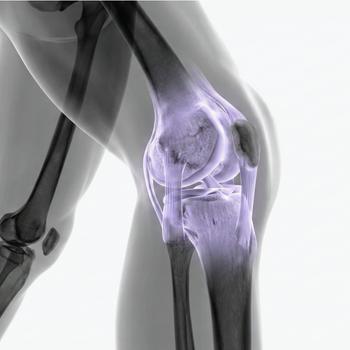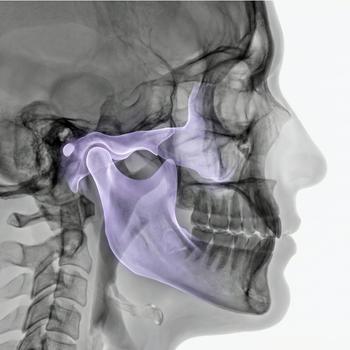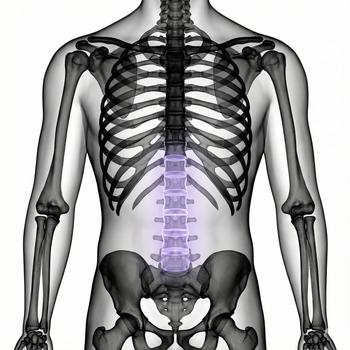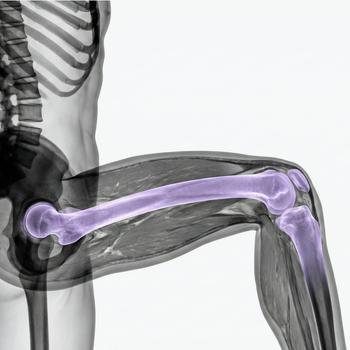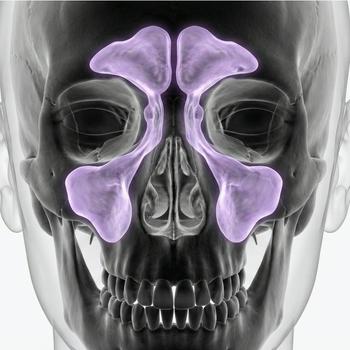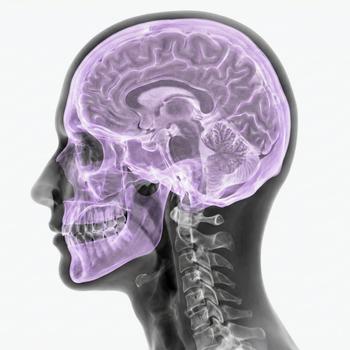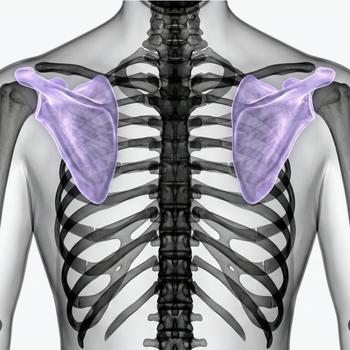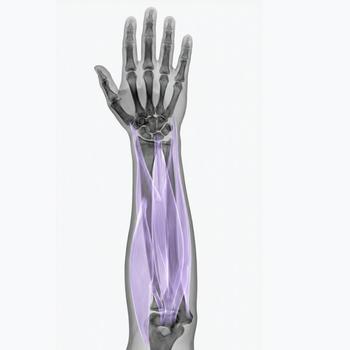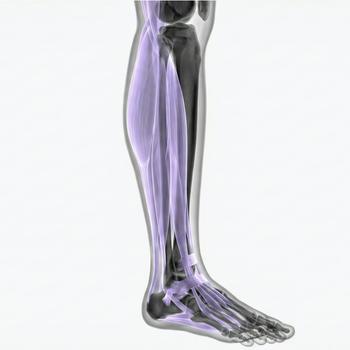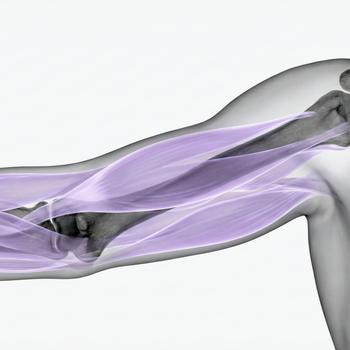MRI Ankle – When you need an accurate diagnosis for pain, stiffness or injury in the ankle
The ankle is a weight-bearing and mobile joint that is often exposed to stress, twisting and repeated microtrauma. It consists of several bones, ligaments and tendon systems that must all work together for stable walking and movement.
A magnetic resonance imaging (MRI) scan of the ankle provides very detailed images of the internal structures of the joint – including ligaments, tendons, cartilage, bone and soft tissues. MRI is particularly valuable in complex symptoms or when other examinations have not provided answers.
When is MRI of the ankle recommended?
An ankle MRI may be indicated in the following cases:
- Long-term pain or stiffness in the ankle without a clear cause
- Suspected ligament damage after sprain or twisting trauma
- Ankle instability – especially with repeated sprains
- Swelling, locking or snapping in the ankle
- Pain with weight-bearing that does not improve with rest or physiotherapy
MRI is often used in cases of suspicion of the following conditions in the ankle
- Ligament damage – e.g. ATFL or CFL, common in sprains
- Articular cartilage damage – including osteochondral lesions
- Tendon damage – such as inflammation of the peroneus or tibialis posterior tendon
- Synovitis or joint inflammation – often in arthritis or after trauma
- Stress fracture – in the talus or distal fibula
- Post-traumatic changes – residual symptoms after previous injuries
Book an MRI of the ankle without a referral
An MRI of the ankle is a radiation-free and painless examination that helps you to clarify the cause of your problems. The examination takes about 20–30 minutes and provides high-resolution images that are analyzed by a specialist. You will receive your report within a few days.
Do you also have problems with your foot? Since the foot and ankle often affect each other, it may be appropriate to examine both at the same time - contact us and we will help you find the right approach.






















